Alberto Giacometti. A Retrospective
This exhibition surveys four decades of production by Alberto Giacometti (b. 1901; d. 1966), one of the most influential artists of the 20th century. More than 200 sculptures, paintings, and drawings make up a show that offers a unique perspective on the artist’s work, highlighting the extraordinary holdings of artworks and archive material gathered by Giacometti’s wife, Annette, now in the Fondation Giacometti in Paris.
Giacometti was born in Switzerland to a family of artists. He was introduced to painting and scupture by his father, the renowned Neo-Impressionist painter Giovanni Giacometti. Three heads done of him by the young Giacometti are seen on display here. In 1922 Alberto Giacometti moved to Paris to continue his artistic training, and four years later he set up what was to remain his studio until the end of his life, a rented space of just 23 square meters on the Rue Hippolyte-Maindron, close to Montparnasse. In that tiny narrow room, Giacometti created a very personal vision of the world about him.
The human figure is a fundamental theme in this artist’s oeuvre. Over the years, he produced works inspired by the people around him, especially his brother Diego, his wife Annette, and his friends and lovers. The artist said: “For me, sculpture, painting, and drawing have always been means of understanding my own vision of the outside world, and above all the face and the whole of the human being. Or to put it more simply, of my fellow creatures, and especially of those who for one reason or another are closest to me.”
Giacometti’s ideas on how to approach the human figure were to become crucial questions of contemporary art for the following generations of artists.
Source: Artnet.com

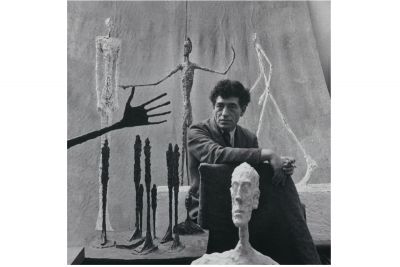
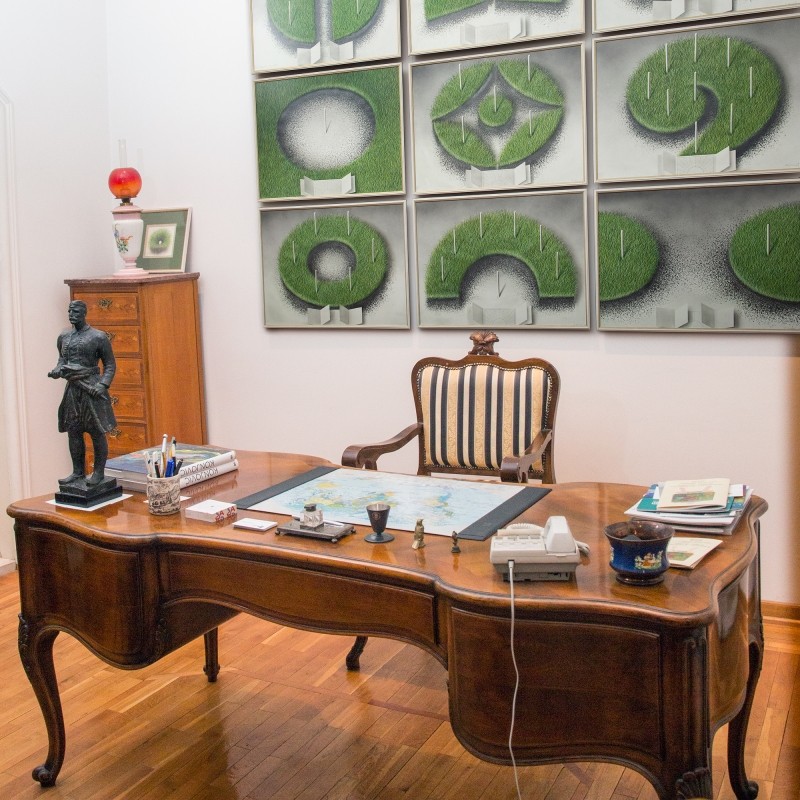
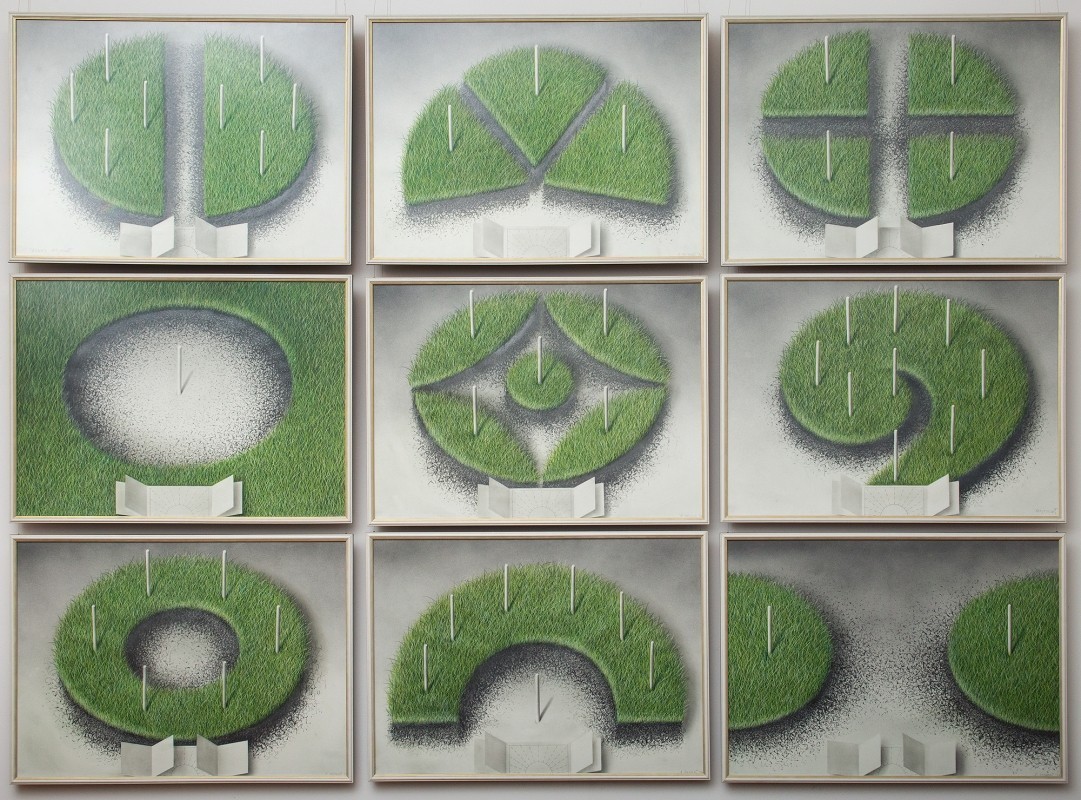
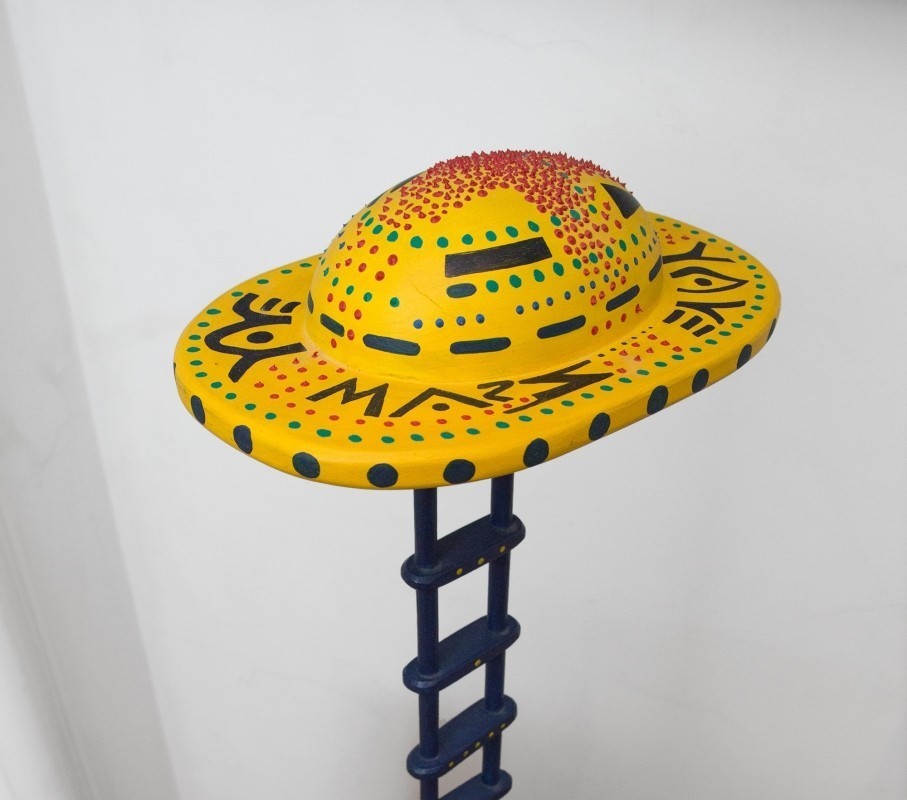
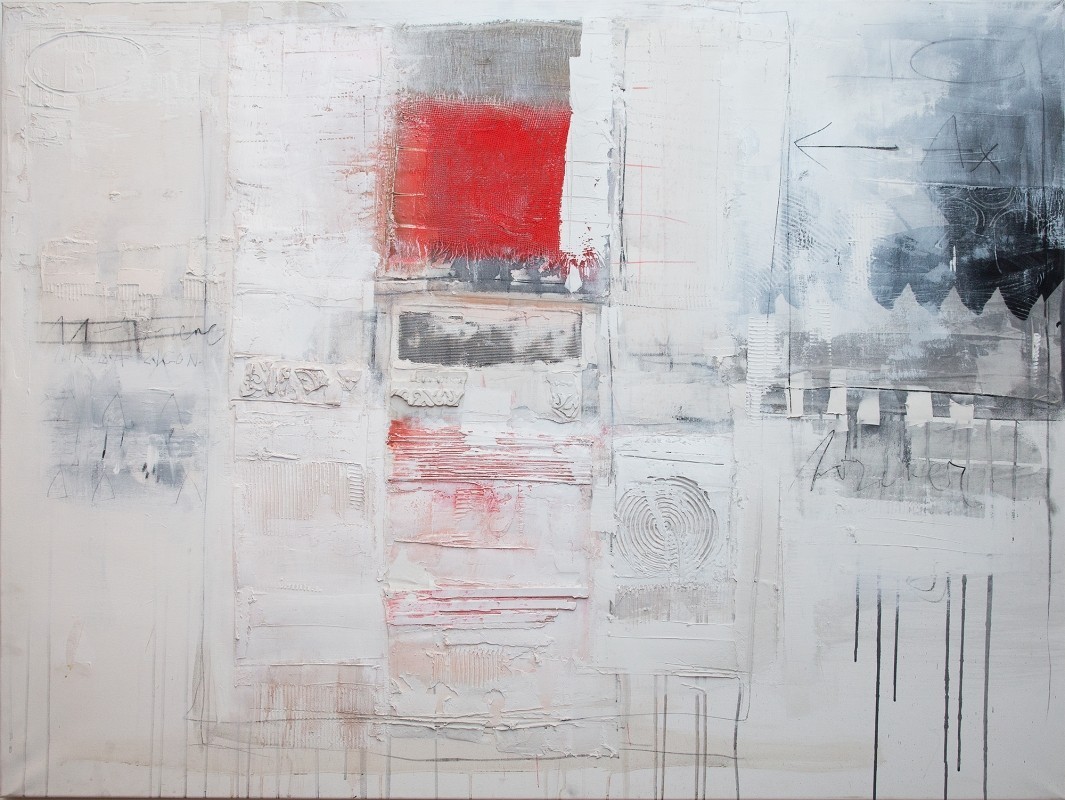
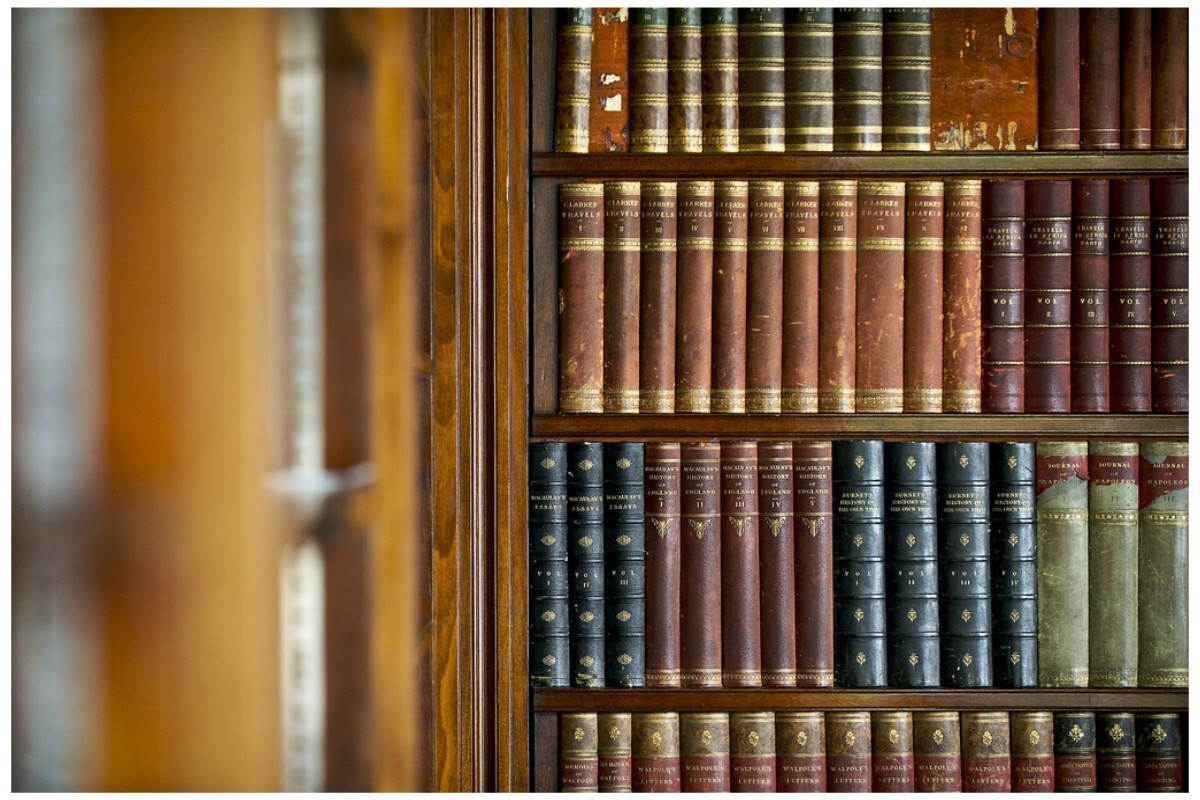


 Tweets by @ArtHaus_rs
Tweets by @ArtHaus_rs